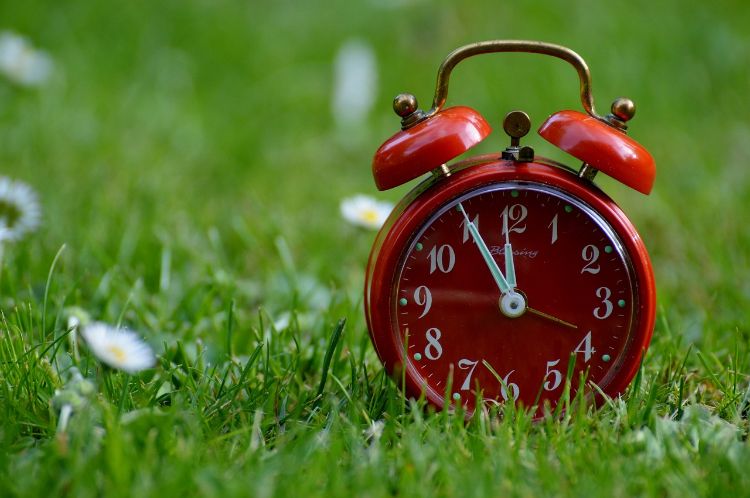Adjusting your sleep for daylight saving time
Tips to help your body adapt to time change smoothly.

Daylight saving time (DST) can feel like a double-edged sword. While the "spring forward" and "fall back" shifts are designed to make better use of daylight, they can disrupt our internal clocks, leaving us feeling groggy, sluggish or even irritable. Here are some tips to help you adjust your sleep routine for the time change and stay energized throughout the transition.
Start adjusting early
A gradual approach to the time change can make a big difference. In the days leading up to daylight saving time, shift your bedtime and wake-up time by 10 to 15 minutes earlier (for spring) or later (for fall) each day. This gradual adjustment helps your body acclimate to the new schedule.
Prioritize good sleep hygiene
Good sleep hygiene is essential year-round, but it’s especially important during the time change, as disrupted sleep patterns can affect your overall health and well-being. Quality sleep is crucial for maintaining energy levels, improving mood, supporting cognitive function, and strengthening the immune system. Here’s how to optimize your sleep environment and routine to ensure you get the restful sleep you need:
- Stick to a consistent sleep schedule. Go to bed and wake up at the same time every day, even on weekends.
- Limit screen time before bed. Blue light from phones, tablets and TVs can interfere with your ability to fall asleep. Try to power down devices at least an hour before bedtime.
- Create a relaxing bedtime routine. Activities like reading, meditating or taking a warm bath can signal to your body that it’s time to wind down.
- Optimize your sleep space. Keep your bedroom cool, dark, and quiet, and invest in comfortable bedding.
Get morning sunlight
Exposure to natural light, especially in the morning, helps regulate your body’s internal clock (circadian rhythm). Open your curtains, take a morning walk or enjoy your coffee outside to soak up the sunlight and signal your brain that it’s time to wake up.
Be mindful of evening light
As the time change approaches, start dimming your lights in the evening to encourage melatonin production, which helps you feel sleepy. Avoid bright lights and consider using blackout curtains if streetlights or other sources of artificial light seep into your bedroom.
Watch your caffeine and alcohol intake
Both caffeine and alcohol can interfere with sleep quality. Limit caffeine intake to the morning hours and avoid alcohol close to bedtime, especially during the days surrounding the time change.
Use naps strategically
If you’re feeling extra tired, a short nap (20-30 minutes) can help you recharge without interfering with your nighttime sleep. Avoid napping too close to bedtime.
Be patient with yourself
It’s normal to take a few days to fully adjust to the new schedule. During this time, listen to your body and prioritize rest. If you don’t feel like yourself, remember that your body is simply adapting to the shift.
Why adjusting matters
The transition to Daylight Savings Time can affect more than just your mood. Research suggests that disruptions to sleep patterns during the time change can lead to increased stress, decreased productivity and even higher risks of accidents and heart problems. By preparing ahead of time and practicing good sleep habits, you can minimize these effects and stay healthy. Daylight Saving Time doesn’t have to derail your sleep. With a little planning and self-care, you can make the transition smoothly and enjoy the benefits of the extra daylight. Sweet dreams!
If you want to learn more about sleep hygiene and find ways to improve your sleep, consider enrolling in Michigan State University Extension's SLEEP (Sleep Education for Everyone Program). SLEEP is a six-week program that offers guidelines to help adults improve sleep hygiene practices, which are behaviors that enhance sleep quality. Consult a healthcare professional or sleep specialist for more information and personalized advice.



 Print
Print Email
Email

